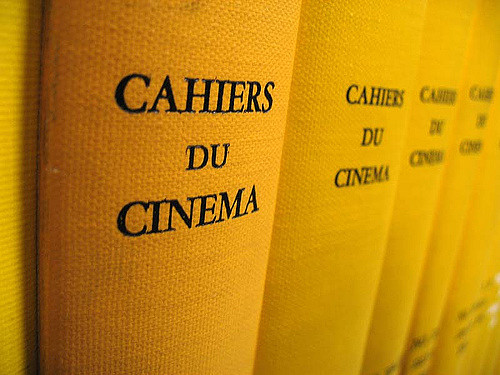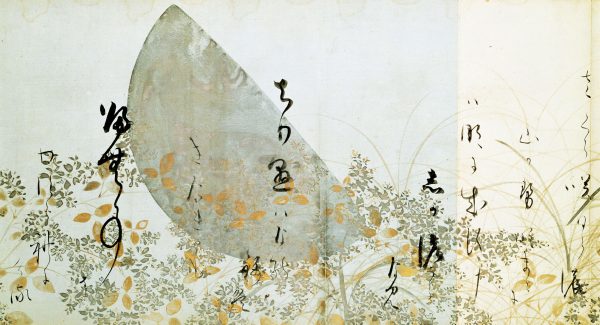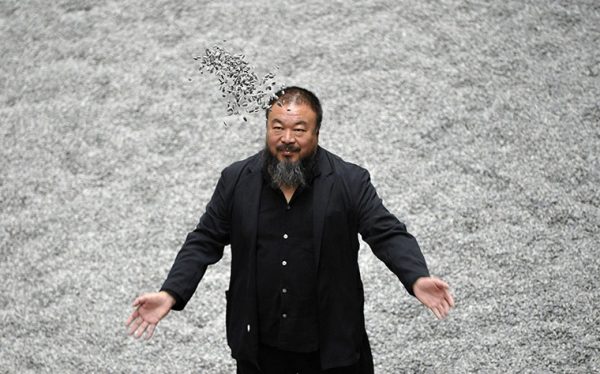David Thomson — the author of dozens of books, including an account of Scott’s expedition to the Antarctic and the 1966 World Cup Final, a treatise on acting, histories of Nevada and Hollywood, a memoir of his London boyhood, a mythopoeic fantasy about Warren Beatty, a piece of very high-end fan fiction entitled Suspects, studies of Psycho and the Alien movies, and biographies of figures as varied as Laurence Sterne and Nicole Kidman — is best-known and best-loved for a compendium of critical essays that poses as a reference book. When the magazine Sight and Sound organised a poll of the greatest books about film, Geoff Dyer chose all five editions of the book known in its latest — sixth — edition as The New Biographical Dictionary of Film, which he called ‘one of the most absurdly ambitious literary achievements of our time’. There were numerous similar testimonies. Thomson topped the poll.
Over the years, the Biographical Dictionary has been criticised for its omissions. The epigraph to a recent edition runs, ‘But where’s Bela Tarr and Barbara Lamarr and…’, with the credit ‘from life, from readers of this book’. It’s also an allusion—typically wry and cheerful—to the book’s harshest detractors. In a fiercely argued essay called ‘Chronicle of a Backsliding Cinephile, or the Two Daves’, responding to Thomson’s message of doom about cinema’s artistic health, the critic Adrian Martin ascribed Thomson’s pessimism to ignorance: no wonder he thinks that cinema is dead, that – in his notorious phrase – there are ‘so few masters left now’, when he is ‘a million miles away from taking its life-pulse’. (Many people were irritated, perhaps understandably, by an entry on Wes Anderson, after he had made three films, which read, in its entirety: ‘Watch this space. What does that mean? That he might be something one day.’)
A defence from beyond cinephilia maintains that there is only one ‘Dave’ but that he changes over time. For Geoff Dyer, the book is not a report on the state of the art, or even a work of criticism; it is ‘a vicarious and incremental autobiography’. Viewed in that light, Dyer explains, ‘even Thomson’s diminishing interest in cinema – or current cinema at any rate – becomes a source of fascination’. He points to the entry on Kieran Hickey first included in the book’s third edition (1994), which ends: ‘He was the best friend I’ll ever have, and in a way I feel the movies are over now he’s gone.’ A book that includes an elegy for a lost friend isn’t a book one can reasonably chide for neglecting Tsai Ming-Liang.
In any case, Martin’s sternest put-down — that Thomson has missed ‘just about every exciting, important development in international film culture since 1975’—acknowledges that in its first edition, Thomson produced a book that said as much about the evolving medium as he did about his evolving self. The book may have been ‘A Personal, Opinionated and Obsessive Dictionary of the Cinema’, but it was also the most prolonged statement of a particular cinephile sensibility. At a young age Thomson fell in love with the American movies — westerns and musicals and thrillers — that formed the basis of the ‘auteur policy’ pursued by critics such as Francois Truffaut at the French magazine Cahiers du Cinéma. To Truffaut and his colleagues, among them Jean-Luc Godard, Claude Chabrol, and Jacques Rivette, the auteurs — the directors who counted, whose names conferred value on everything they made — included Alfred Hitchcock, Howard Hawks, Nicholas Ray, and Otto Preminger.
News of this revolution had crossed the Channel but it hadn’t taken hold. In 1960, Thomson, having turned down a place to study history at Oxford, started a course at the London School of Film Technique. That autumn Sight and Sound, the official organ of British film culture, ran two articles questioning what it called ‘The French Line’. The editor Penelope Houston was suspicious of the emphasis among young Cahiers influenced British critics on ‘the way a sequence is lit, the way space is manipulated, the way a mood can be transmitted through the choice of camera angles and the pacing of a scene.’ Film, the prevailing consensus said, was at its best dutiful and humanist — an American director favoured by British taste was John Ford, director of serious westerns. Then, in 1962, a young group of Oxford critics moved to London and started a magazine, pointedly titled Movie, that displayed an aversion to Sight and Sound and a kinship to Cahiers du Cinéma. With the arrival of Movie, the French line found its British continuers — Ian Cameron, Mark Shivas, V.F. Perkins, and Thomson’s school contemporary Paul Mayersberg. Thomson wasn’t involved, though an early edition carried his first credit — a complete filmography of Nicholas Ray, compiled with Kieran Hickey. 1962 was also the year that the NFT held retrospectives of Howard Hawks and Jean Renoir, the only directors awarded chapters of their own when, fifty years later, Thomson published his history of movies, The Big Screen, a book that reprised the story of how British film culture passed from darkness into light.
Thomson tried out some of his ideas on his pet directors (Hawks, Hitchcock, Lang, Losey, Renoir, Ophuls) in his first book, Movie Man. As well as allowing him to expand on these arguments, A Biographical Dictionary of Cinema was notable for its praise of actors such as Cary Grant and Angie Dickinson. But the tone of celebration was far from constant; the book also gave Thomson space to air his grievances. He slammed the old pieties about Hollywood being trash, as well as the new consensus praising the British ‘kitchen sink’ dramas made by critics associated with Sight and Sound, among them Lindsay Anderson, Karel Reisz, and Tony Richardson. John Ford, the exception to the rule that British film culture disdained Hollywood, was subject to a long attack. The new seriousness shown by the European art film, many of them former critics on Cahiers du Cinéma, was mostly embraced, but there were limits, and Ingmar Bergman exceeded them:
‘He was always fixed on the heart and the soul, but with a bristling neatness that was heartless and depressing. The Seventh Seal is the ultimate step in this rather academic way of recording human torment… By about 1961 Bergman held the unenviable position of a discredited innovator in a fashion-conscious world. That reputation was, I think, deserved.’
The following interview is edited from phone conversations and email exchanges that took place in 2015 and 2016. Quotations in the footnotes come from the 1975 edition of A Biographical Dictionary of Cinema.




